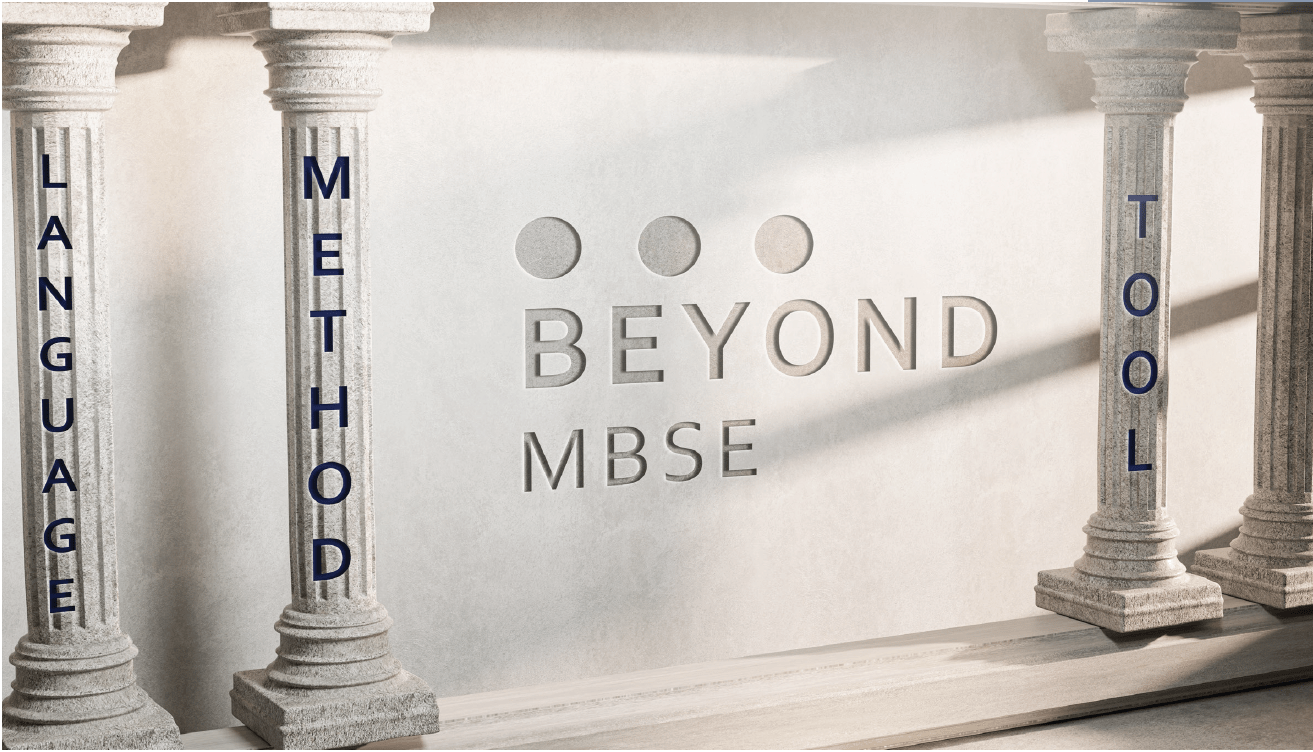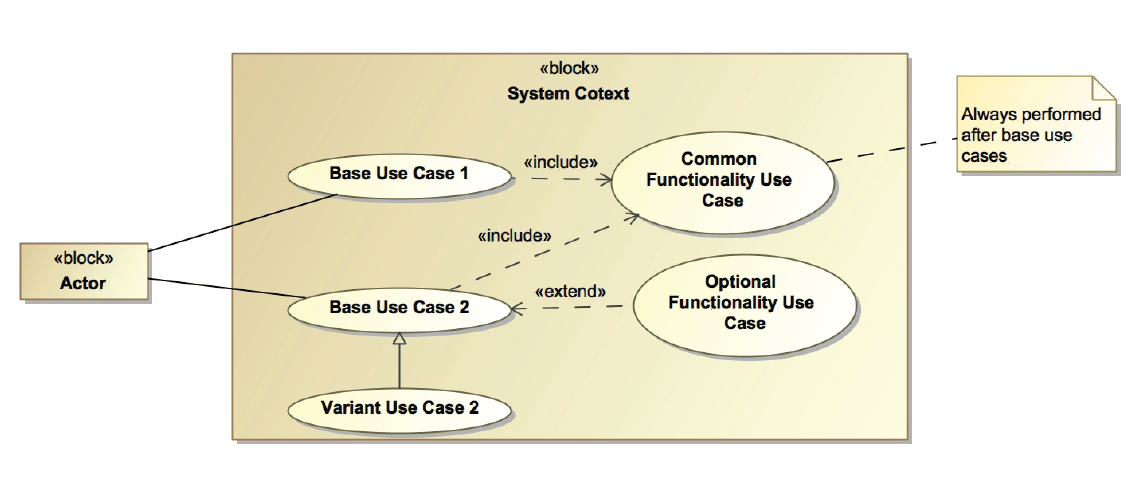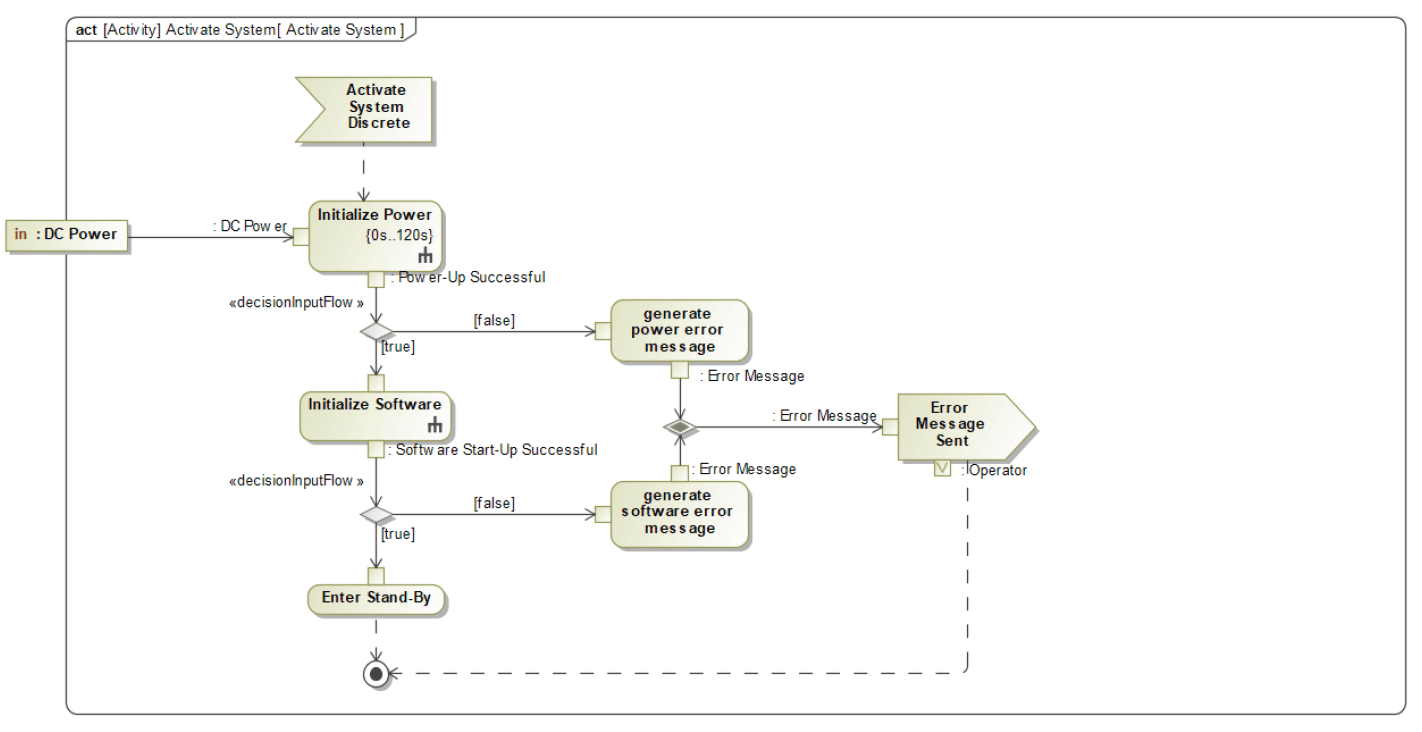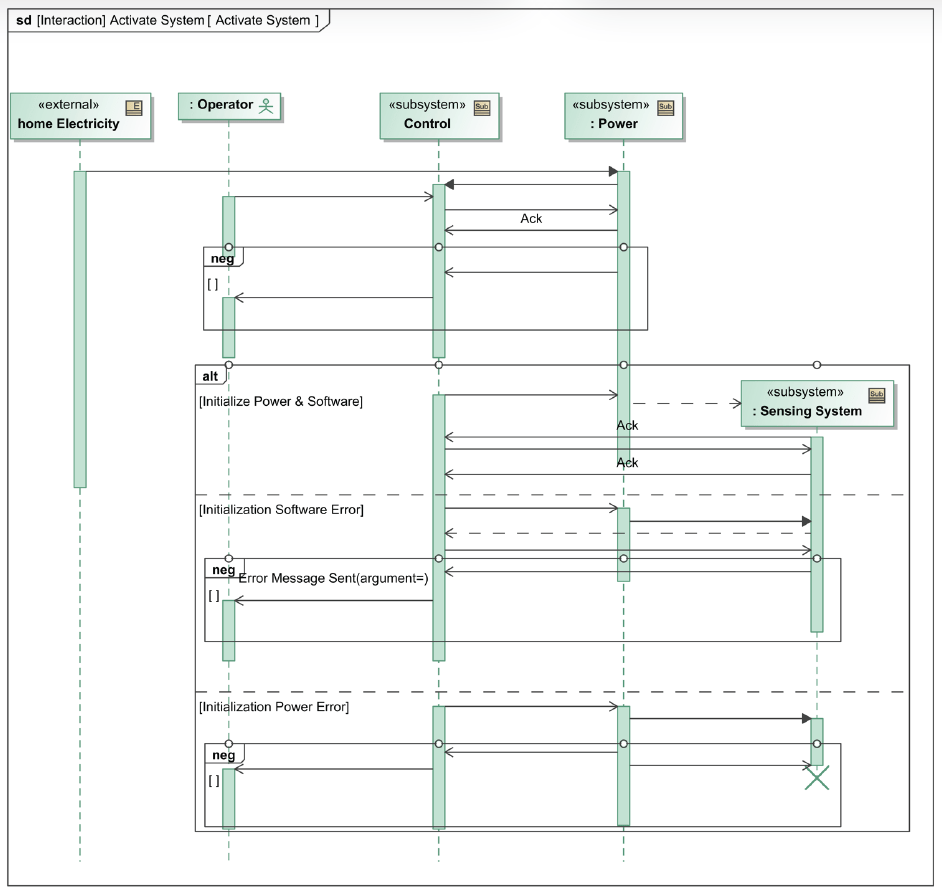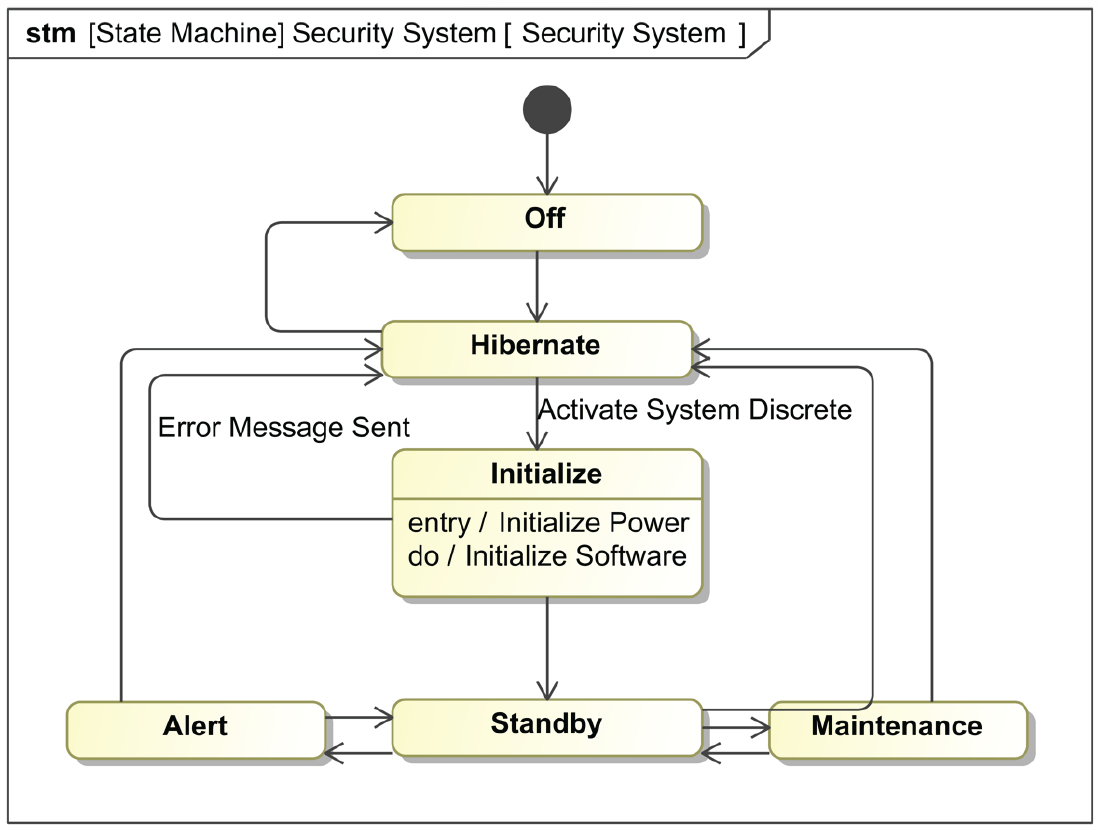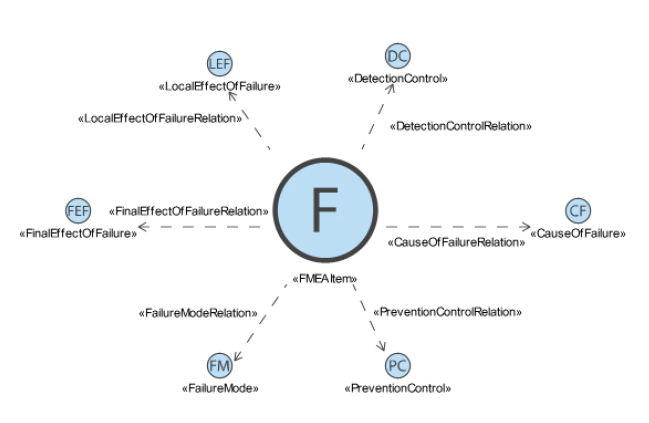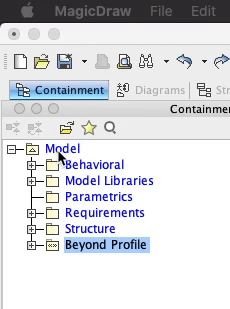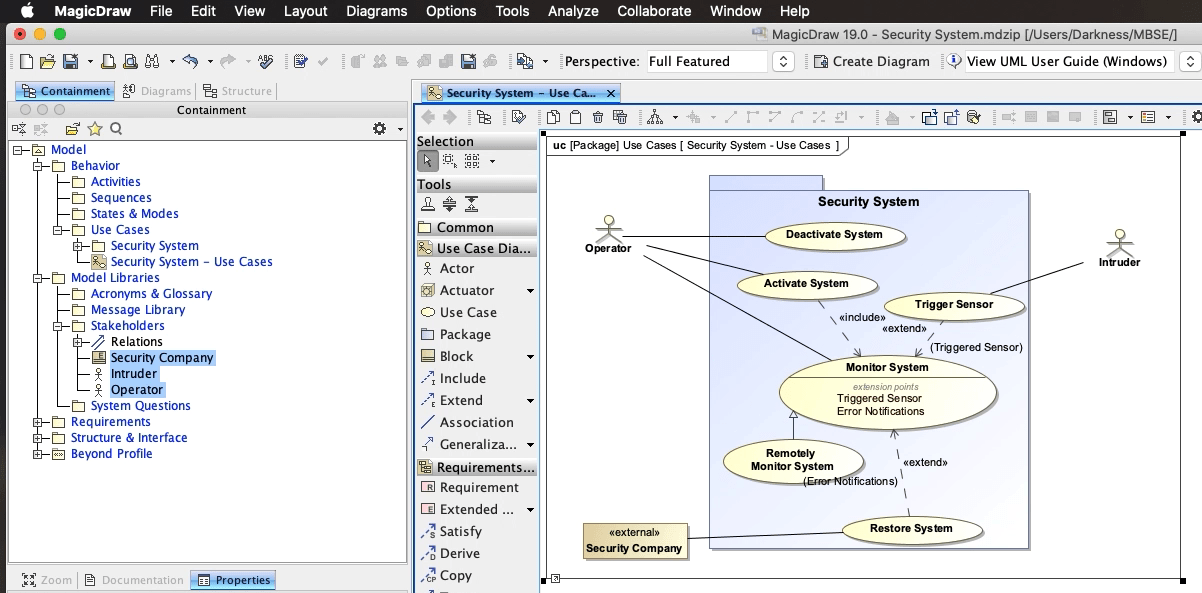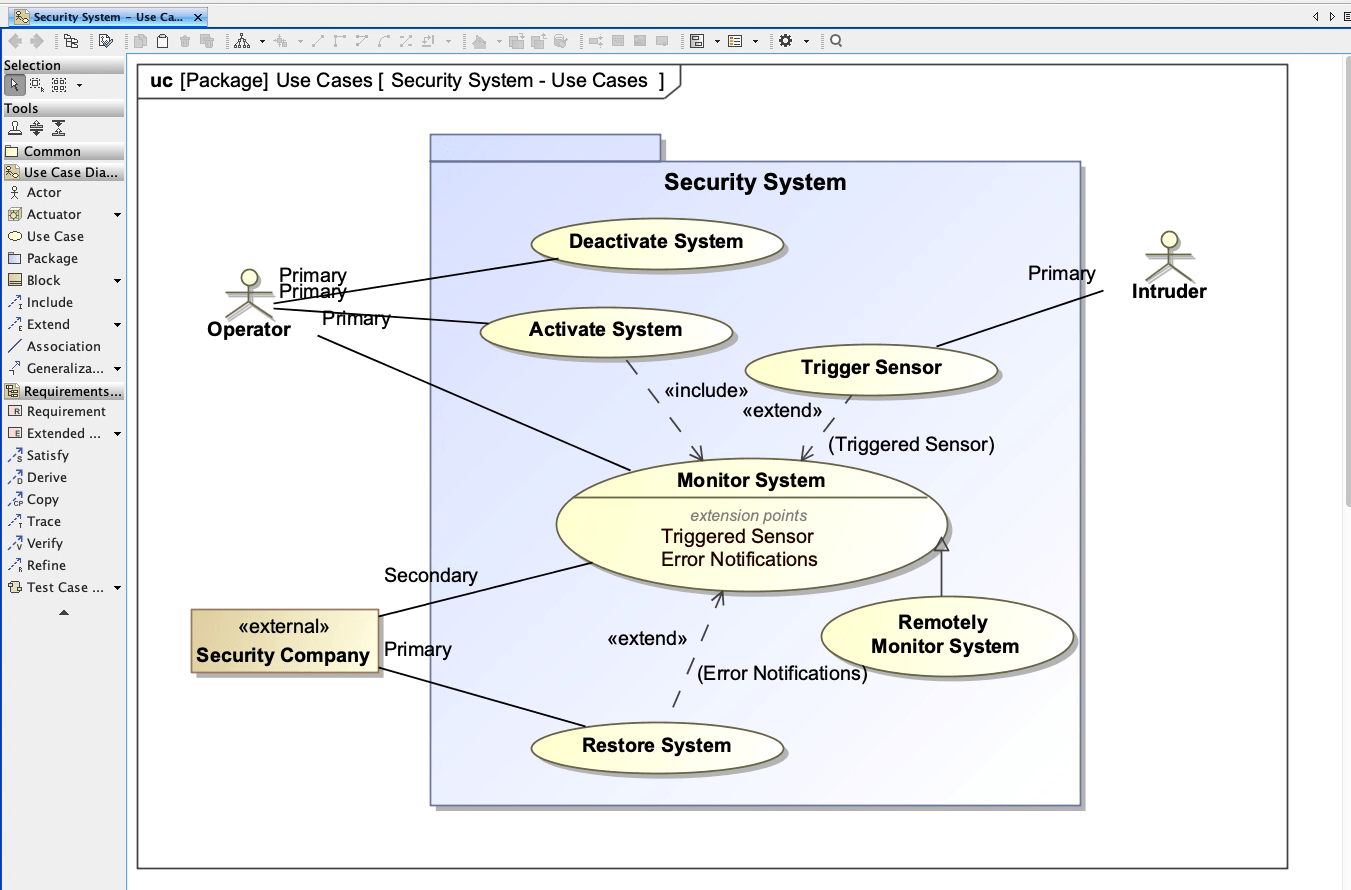Beyond MBSE is Here to Provide FREE MBSE Related Content!
Your Source for Everything MBSE
We share MBSE videos, ideas and answer YOUR MBSE questions! Search HERE FIRST!
Model-Based Systems Engineering (MBSE) provides an approach for using system architecture models to design and build a system so that all the necessary stakeholders can stay involved.
As described by INCOSE: MBSE is the formalized application of modeling to support system requirements, design, analysis, verification and validation activities beginning in the conceptual design phase and continuing throughout development and later life cycle phases.
What does this system architecture model look like? When I think of models, I think of something in 3D, but models at the end of the day are merely representations of a system or concept. So a 3-dimensional representation is just one view of a system. Diagrams or tables could be other views. This means there could be many more!
A mechanical engineer would be interested in the 3D representations, but maybe an electrical engineer would be much more interested in the wiring view of a system. What about a software engineer or a systems engineer? MBSE utilizes models to aggregate all these different views so that they can be connected in what is often referred to as a ‘single source of truth’.
The MBSE Pillars
To connect these different views means we need to understand what the pieces of information are for each view and how they will relate to each other. This is where MBSE is beneficial. It’s approach offers 3 pillars to help make connecting all this information possible!
Language
The first pillar is Language. This is a standardized communication method where there are guidelines for modeling elements and relationships. Developing models with a common language allows stakeholders to view the system architecture from different perspectives. MBSE languages include Systems Modeling Language or SysML, Unified Architecture Framework or UAF and Service Oriented Architecture Modeling Language.
Method
Method is the second pillar of MBSE. This pillar details the activities, techniques and conventions of developing a system architecture. Some methods include Object-Oriented Systems Engineering Method or OOSEM, Harmony and Object Process Methodology or OPM.
Tool
The third pillar is Tool. This is going to be the software used to capture our system’s architecture. Just so we are clear, a modeling tool is not a diagraming tool like Visio, SmartDraw, or Powerpoint. Some modeling tools include IBM Rational Rhapsody, Sparx Systems Enterprise Architect, Modelio and Dassault Systemes Cameo Systems Modeler.
Why is MBSE Important?
With these 3 pillars we can now develop a model that will support a system design from concept to deployment! So why is MBSE important?
MBSE is important because by developing a system with a ‘single source of truth’ approach engineering development gains efficiency. This can be in the form of time, cost or risk. Let’s think about an example.
Say we are working on the next generation hypersonic commercial plane. Our mechanical engineers decide that the control flaps require a different type of motor. This motor will most likely have different power requirements and maybe the control software needs to updated as well.
This is information that our electrical and software engineers will need to know. If we used documents to share this information, it may be a few months before our engineers understand the impacts of the mechanical changes taking place. This information is relayed quicker in a modeling environment and creates more meaningful engineering discussions!





